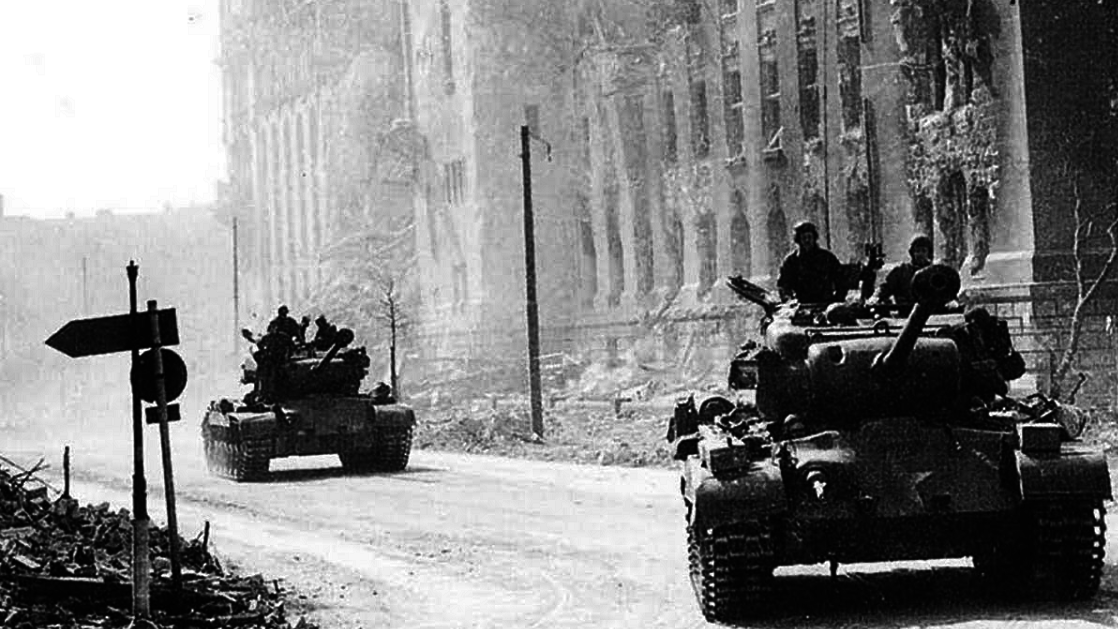The best American tank of World War II rarely saw combat

SUMMARY
Sometimes, a good weapon system never gets a chance to shine. In some cases, there simply aren't any conflicts going on through which the gear can demonstrate its worth (the B-36 Peacemaker comes to mind). In other cases, a piece of technology might mark an important milestone, but end up virtually obsolete by the time the next war rolls around, as was the case with USS Ranger (CV 4).
Well, the M26 Pershing fits into neither of these categories. While over 2,000 of these tanks were produced, they largely missed World War II because of bureaucratic infighting. The few tanks that did get to the front lines performed well, though — leaving many to wonder what might have happened had an Army general by the name of Leslie McNair been more open-minded.
Here's the deal. Prior to World War II, the United States Army didn't think that tanks should fight other tanks. Instead, that job was relegated to the aptly named tank destroyer class of vehicle. These vehicles were fast and had potent guns, but sacrificed a lot of armor to achieve such a speed. Meanwhile, the mission of the tank was to support infantry.
That was the leading theory of the time and, as a result, the Army went with the M4 Sherman – producing over 50,000 of those tanks.
One of the few M26 Pershing tanks that got to the front lines.
(US Army)
Reality, of course, tells a different story. If tanks support infantry and infantry fights infantry, then logic would tell us that tanks would end up facing off against other tanks as those tanks supported opposing infantry. In essence, a key capability in supporting infantry is the ability to kill the other side's tanks.
The Pershing could do just that with its 90mm main gun (and the 70 rounds it carried for it). Unfortunately, GIs would never get the chance to witness that.
M26 Pershings being prepared to embark on LSTs in Pusan, South Korea.
(US Army)
According to tanks-encyclopedia.com, Leslie McNair, who headed Army Ground Forces, stuck with the pre-war theory. His opposition to a new tank delayed the M26's service entry. Eventually, McNair was given a combat assignment and killed by friendly fire during the fighting near Saint-Lô.
The Pershing reached the front lines after the Battle of the Bulge proved the inadequacy of the M4 Sherman in tank combat.
The M26 Pershing saw some action in the Korean War, but many were soon shipped to Europe to bolster NATO.
(USMC)
The Pershing went on to see some action in the Korean War, but it was quickly shifted to Europe to bolster the North Atlantic Treaty Organization. Eventually, it was replaced by the M46/M47/M48 Patton family of tanks.
Watch the video below to learn more about this great tank that never get a real shot to prove itself.
SHARE
